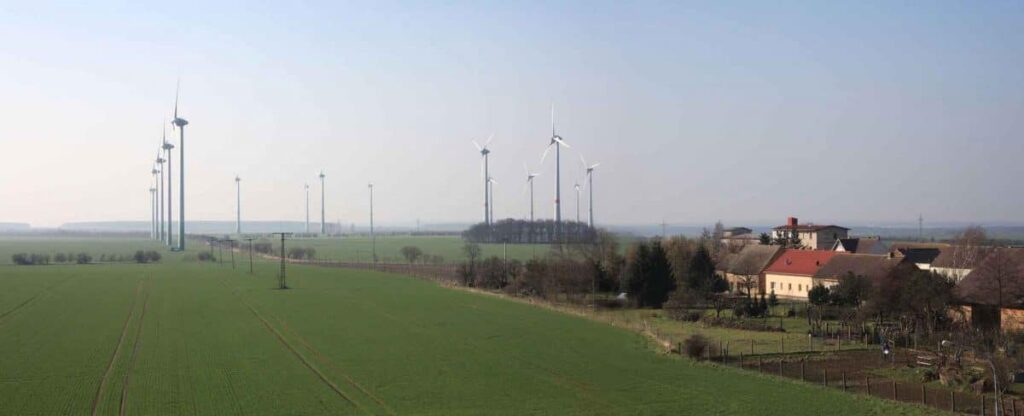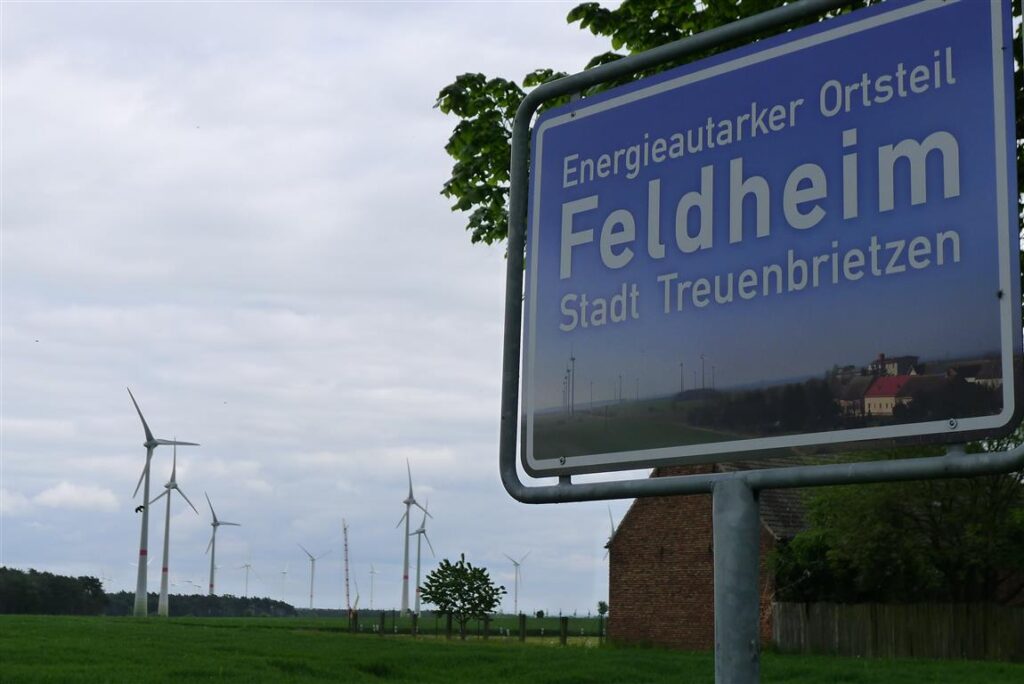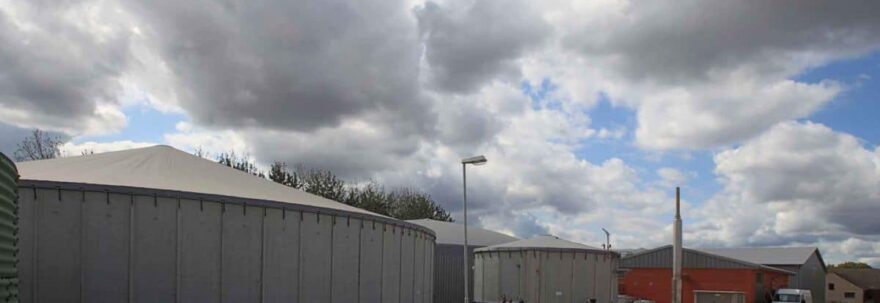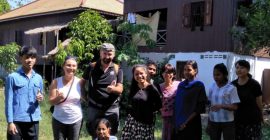Feldheim, a town 60 km southwest of Berlin, has become world famous for being completely energy self-sufficient, drawing its energy only from renewable sources. Each neighbor had to pay 3,000 euros to have an autonomous electrical network, given the results, one of the best investments of their lives. Their electricity bill is 30% cheaper and heating is 10% cheaper too.

In Feldheim, 45 families experience an energy revolution, it is the first German town that has been able to achieve its energy independence in terms of energy generation and distribution. And it is that Germany is becoming an example of energy self-sufficiency, as is the case of this town that generates 4 times more energy than it consumes.
The local grid supply and 100% of Feldheim’s electricity and heating is generated by its wind turbines, solar panels and a biogas plant. The residents had to install their own electricity supply network since E.ON (E.ON is a European electric utility company based in Essen, Germany) did not want to sell or rent the one that already existed in the town.
The first windmills were installed in 1995. In 2008 they built a biogas plant, with an electrical power of 500 kilowatts. In it, 2,000 cubic meters of slurry and excrement from pig farms, 1,500 cubic meters from cattle farms, 6,150 tons of corn and 650 tons of vegetable grain are converted into four gigawatt hours of electricity per year and 12,000 cubic meters of digestate, which it is returned to the fields as fertilizer. The investment was 1.7 million euros.
They also have a solar farm of about 45 hectares with 9,844 photovoltaic modules.
The heat produced in the electricity generation process is injected into a District heating, which supplies heating and hot water to houses, stables or local businesses. On the days of greatest demand, a generation system with Biomass is used. The town is visited by people from all corners of the world. Everyone seeks their experience and learning to be able to implement it in their respective locations.
Many of the visitors come from Japan, a country that in recent times has been concerned about sustainability in its cities.




